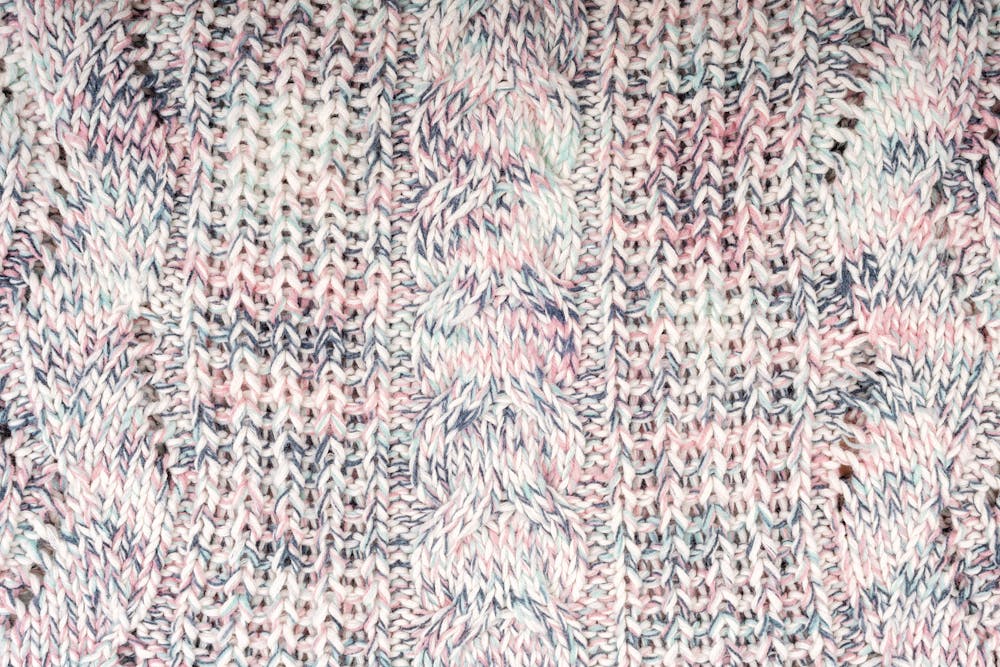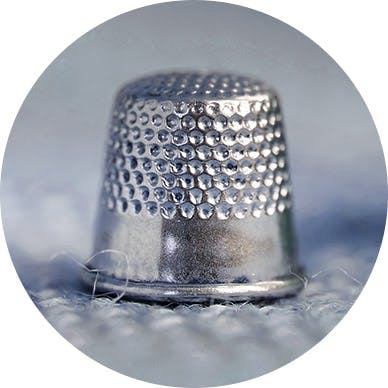Color melange is a fascinating technique that involves mixing different colors together to create a unique and visually appealing effect. It is widely used in various fields, including fashion, interior design, and art. In this article, we will explore the concept of color melange, its history, the science behind it, different mixing techniques, and its impact on visual perception.

Understanding the Concept of Color Melange
Color melange refers to the process of blending multiple colors together to create a harmonious and unified visual effect. It is not simply about mixing primary colors to form secondary colors, but rather about creating a gradient or ombré effect by subtly merging different hues.
The History and Evolution of Color Melange
Color melange has a rich history that dates back centuries. It has been used in various traditional textile and art techniques around the world. For instance, in ancient textile traditions like ikat and tie-dye, color melange was achieved by applying dyes to the fabric in a strategic manner to create a variegated and blended effect.
In the modern context, color melange gained popularity in the fashion industry during the 19th century. Designers started experimenting with dyeing techniques that would achieve a more natural and textured appearance, mimicking the subtle color variations found in nature. This led to the development of modern color melange techniques.
The Science Behind Color Melange
Color melange is not only an art form but also rooted in scientific principles. When different colors are blended, they interact with each other through the physics of light and pigment absorption. The human eye perceives the resulting colors based on the wavelengths of light that are reflected or absorbed by the mixture.
Color melange takes advantage of the properties of color harmony, which is the pleasing visual effect achieved by combining colors that are aesthetically pleasing when viewed together. By carefully selecting and blending colors, designers can create visually striking patterns and designs.

The Art of Mixing Colors
Mixing colors is a fundamental skill in color melange. Understanding the basic principles of color mixing is essential for achieving desired effects. The primary colors, namely red, blue, and yellow, are the building blocks of all other colors.
Basic Principles of Color Mixing
In color melange, colors can be mixed in various ways to create different effects. Here are some of the basic principles of color mixing:
- Primary colors can be mixed to create secondary colors. For example, mixing equal parts of yellow and red creates orange.
- By varying the proportions of primary and secondary colors, tertiary colors can be achieved. These colors lie between primary and secondary colors on the color wheel.
- Blending colors from different color families, such as warm and cool colors, can create interesting contrasts and harmonies.
- Opacity and transparency can be controlled by adjusting the intensity of the colors being mixed.
The Role of Color Theory in Color Melange
Color theory plays a crucial role in color melange. It provides a framework for understanding how colors interact and how they can be combined to create visually appealing designs. Concepts such as complementary colors, analogous colors, and color temperature are used to guide the selection and blending of colors.

Techniques in Creating Color Melange
Creating color melange involves both artistic flair and technical expertise. Understanding the tools and materials used in the process is essential for achieving the desired results.
Tools and Materials for Color Melange
Various tools and materials are used in color melange. These include:
- Paintbrushes: Different brush sizes and hair types are used to achieve different effects in applying and blending colors.
- Palette: A palette provides a surface for mixing and blending colors.
- Paints or dyes: High-quality paints or dyes with good color mixing properties are essential for achieving vibrant and well-blended color melange.
- Fabric or canvas: The choice of fabric or canvas affects the absorbency and texture of the colors.
Step-by-Step Process of Creating Color Melange
The process of creating a color melange involves several steps:
- Preparation: Prepare the materials, such as choosing the desired colors and setting up your workspace.
- Color selection: Select a range of colors that you want to blend for your color melange design.
- Color mixing: Mix the selected colors on a palette, varying the proportions to achieve the desired color gradations.
- Application: Apply the blended colors onto the fabric or canvas using different techniques such as brush strokes, washes, or splattering.
- Blending: Manipulate the colors on the fabric or canvas to achieve a seamless transition between different hues, creating the desired color melange effect.
- Drying and finishing: Allow the colors to dry, and if desired, apply any finishing touches such as additional layers or details to complete the design.

Different Styles and Applications of Color Melange
Color melange finds countless applications in various industries, including fashion and interior design. Let's explore some of these applications.
Color Melange in Fashion and Textile Design
In the world of fashion, color melange is a popular choice for creating unique and visually interesting patterns and textures. It is frequently used in the production of knitwear, where different colored yarns are combined to create intricate patterns and effects.
Textile designers also use color melange techniques to create fabrics with captivating visual depth. By carefully blending different colored fibers or yarns during the manufacturing process, they can achieve beautiful textures and color variations.
Color Melange in Interior Design
In interior design, color melange is often employed to create visually appealing spaces. It can be applied to walls, furnishings, and decor items to add depth and interest to a room. Color melange techniques can be used in painting, upholstery, and even in choosing complementary and harmonious color schemes for a space.
The Impact of Color Melange on Visual Perception
Color melange has a significant impact on visual perception. The way colors are mixed and blended can evoke different emotions and create different visual effects.
Psychological Effects of Color Melange
Colors have the power to influence our mood and emotions. Color melange, with its subtle blending of hues, can create a sense of calmness, serenity, and visual interest. Warm color blends can evoke feelings of coziness and energy, while cool color blends can create a sense of tranquility and relaxation.
The Role of Color Melange in Aesthetics and Design
In aesthetics and design, color melange adds depth and complexity to visual compositions. It can add a sense of movement, texture, and sophistication to artwork, fashion designs, and interior spaces. Color melange is often used to create focal points, draw attention, and create a unique visual identity.
In conclusion, color melange is a versatile and captivating color mixing technique that offers endless possibilities for artistic expression. Whether it is in fashion, clothing labels, interior design, or other creative industries, the blending of colors through color melange can create visually stunning and harmonious compositions. Understanding the principles, techniques, and applications of color melange can help designers and artists unlock their creativity and bring their vision to life.













